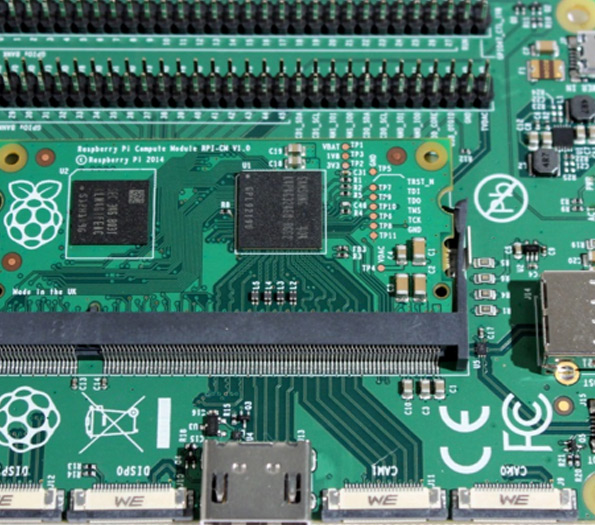Float glass, also known as flat glass, is a type of glass that has revolutionized the glass manufacturing industry due to its unique production process and versatile applications. The term float refers to the method used in its creation, which involves melting raw materials like silica sand, soda ash, and limestone in a furnace, then pouring the molten glass onto a bed of molten tin.
The float process, patented by British chemist Sir Alfred Carlton Gilbert in 1959, is a key innovation in glass manufacturing. When the hot glass is poured onto the liquid tin, it floats and spreads evenly, resulting in a perfectly flat and smooth surface on both sides. The glass then cools slowly as it moves through a controlled cooling chamber, known as an annealer, where it is gradually cooled to room temperature, ensuring minimal internal stress and superior optical quality.
Float glass is primarily composed of about 70% silica (sand), 13% soda ash (sodium carbonate), and 12% limestone (calcium carbonate), with small amounts of other materials added for specific properties such as color or durability. Its uniform thickness and optical clarity make it ideal for a wide range of uses.
In architecture, float glass is extensively used for windows, doors, and glass walls, providing excellent light transmission and thermal insulation
In architecture, float glass is extensively used for windows, doors, and glass walls, providing excellent light transmission and thermal insulation

In architecture, float glass is extensively used for windows, doors, and glass walls, providing excellent light transmission and thermal insulation
In architecture, float glass is extensively used for windows, doors, and glass walls, providing excellent light transmission and thermal insulation
 what is float glass
what is float glass. It can be further processed into various forms like tempered glass, laminated glass, or coated glass for enhanced safety, energy efficiency, or aesthetic appeal. Float glass is also a fundamental material in automotive industry, used for windshields, side windows, and rear screens.
Moreover, float glass finds application in the manufacturing of mirrors, solar panels, and even electronic displays due to its flatness and transparency. It's also a crucial component in the production of glassware, kitchen appliances, and various artistic and decorative items.
In summary, float glass is a versatile and widely-used product, born out of a groundbreaking manufacturing technique. Its versatility, combined with its inherent qualities, has made it an indispensable material in modern construction, transportation, and technology, contributing significantly to our daily lives.


 In architecture, float glass is extensively used for windows, doors, and glass walls, providing excellent light transmission and thermal insulation
In architecture, float glass is extensively used for windows, doors, and glass walls, providing excellent light transmission and thermal insulation
In architecture, float glass is extensively used for windows, doors, and glass walls, providing excellent light transmission and thermal insulation
In architecture, float glass is extensively used for windows, doors, and glass walls, providing excellent light transmission and thermal insulation what is float glass. It can be further processed into various forms like tempered glass, laminated glass, or coated glass for enhanced safety, energy efficiency, or aesthetic appeal. Float glass is also a fundamental material in automotive industry, used for windshields, side windows, and rear screens.
Moreover, float glass finds application in the manufacturing of mirrors, solar panels, and even electronic displays due to its flatness and transparency. It's also a crucial component in the production of glassware, kitchen appliances, and various artistic and decorative items.
In summary, float glass is a versatile and widely-used product, born out of a groundbreaking manufacturing technique. Its versatility, combined with its inherent qualities, has made it an indispensable material in modern construction, transportation, and technology, contributing significantly to our daily lives.
what is float glass. It can be further processed into various forms like tempered glass, laminated glass, or coated glass for enhanced safety, energy efficiency, or aesthetic appeal. Float glass is also a fundamental material in automotive industry, used for windshields, side windows, and rear screens.
Moreover, float glass finds application in the manufacturing of mirrors, solar panels, and even electronic displays due to its flatness and transparency. It's also a crucial component in the production of glassware, kitchen appliances, and various artistic and decorative items.
In summary, float glass is a versatile and widely-used product, born out of a groundbreaking manufacturing technique. Its versatility, combined with its inherent qualities, has made it an indispensable material in modern construction, transportation, and technology, contributing significantly to our daily lives.